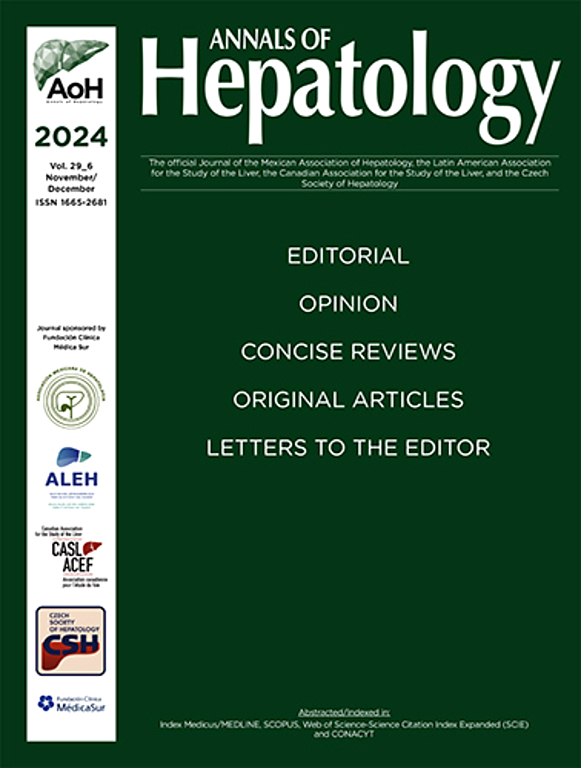Outcomes and risk factors for de novo major depressive disorder after liver transplantation: Nested case-control study
IF 3.7
3区 医学
Q2 GASTROENTEROLOGY & HEPATOLOGY
引用次数: 0
Abstract
Introduction and Objectives
Major depressive disorder (MDD) is a major psychiatric complication of liver transplantation (LT). Here, we aimed to analyze the impact of de novo MDD on survival post-LT and identify risk factors for this disorder among LT recipients.
Materials and Methods
A retrospective analysis was conducted on 1350 LT recipients at Severance Hospital, Korea, from July 2005 to December 2022. Patients with MDD were matched 1:5 with controls using a nested case-control design to control for immortal time bias.
Results
During follow-up post-LT, 58 patients (4.3 %) were newly diagnosed with MDD. The median time from LT to MDD diagnosis was 316 (interquartile range 46–920) days. Patients with MDD had significantly lower graft survival rates than controls at 1, 3, and 5 years after matching (89.5 %, 75.3 %, and 66.5 % vs. 95.5 %, 91.5 %, and 86.4 %, respectively; P = 0.003). Multivariable Cox regression identified de novo MDD as an independent risk factor for reduced graft survival (hazard ratio 2.39, 95 % confidence interval [CI] 1.15–4.98, P = 0.003). Independent risk factors for de novo MDD included female sex (odds ratio [OR] 2.29, 95 % CI 1.16–4.53, P = 0.017), alcoholic liver disease (OR 2.36, 95 % CI 1.16–4.75, P = 0.016), pre-transplant encephalopathy (OR 2.95, 95 % CI 1.49–5.79, P = 0.002), and lower hemoglobin levels (OR 0.85, 95 % CI 0.73–0.98, P = 0.025).
Conclusions
In our matched population of nested case controls, de novo MDD significantly reduced the survival of LT recipients. Screening and early intervention are required for LT recipients with risk factors for MDD.
求助全文
约1分钟内获得全文
求助全文
来源期刊

Annals of hepatology
医学-胃肠肝病学
CiteScore
7.90
自引率
2.60%
发文量
183
审稿时长
4-8 weeks
期刊介绍:
Annals of Hepatology publishes original research on the biology and diseases of the liver in both humans and experimental models. Contributions may be submitted as regular articles. The journal also publishes concise reviews of both basic and clinical topics.
 求助内容:
求助内容: 应助结果提醒方式:
应助结果提醒方式:


